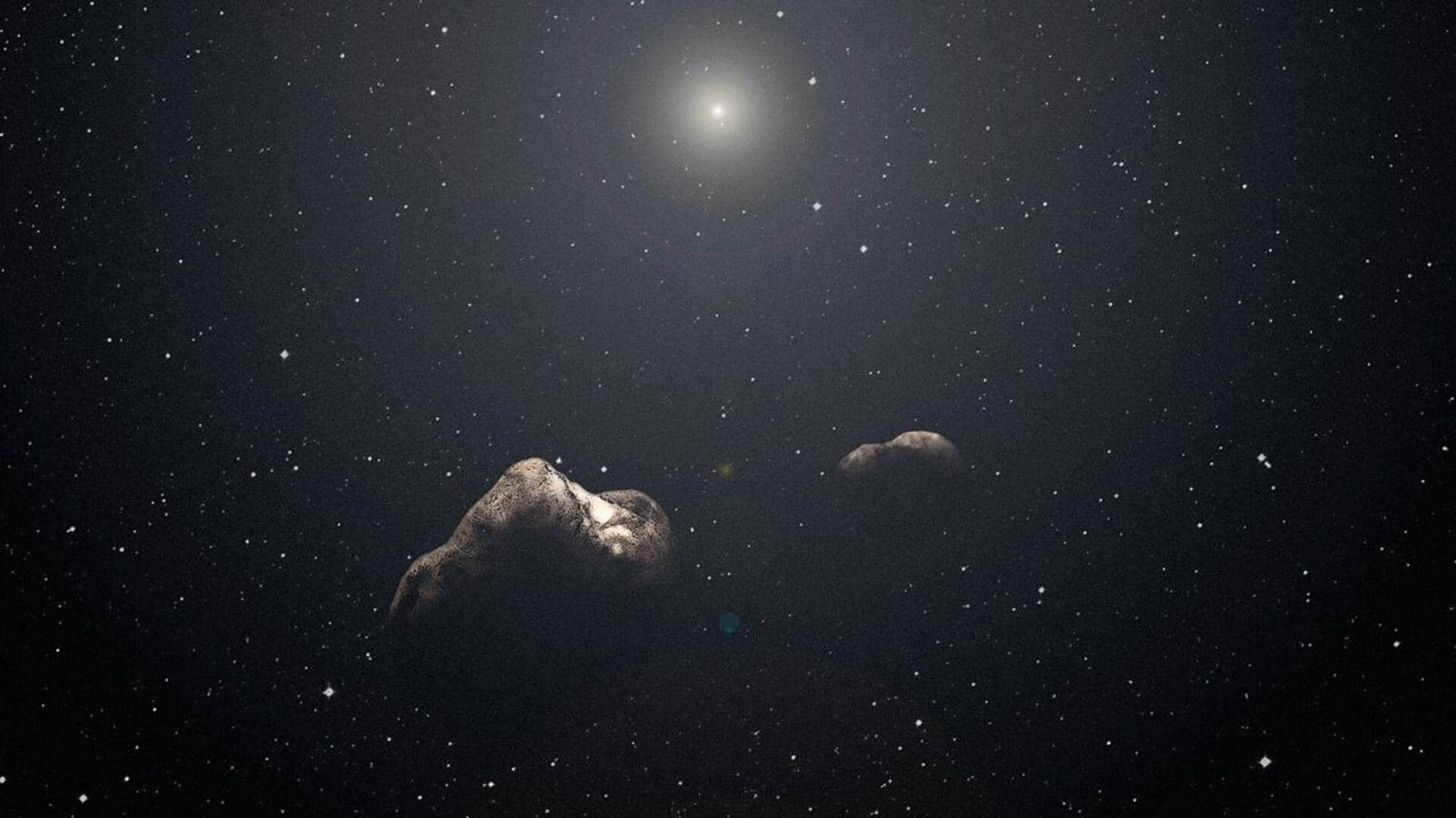
NASA's JWST finds ethane on three Kuiper Belt dwarf planets
What's the story
A team of international astronomers have used NASA's James Webb Space Telescope (JWST) to study three fascinating dwarf planets in the Kuiper Belt, namely Sedna, Gonggong, and Quaoar. Per NASA, the Kuiper belt is a donut-shaped region of icy bodies extending beyond the orbit of Neptune. It is home to Pluto and most known dwarf planets. The latest Webb findings not only help us better understand the Kuiper Belt but also provide insights into the history of our solar system.
Facts
JWST's contributions to solar system exploration
The James Webb Space Telescope has proven to be an invaluable tool for studying celestial bodies within our solar system, as well as exploring exoplanets. These discoveries have important implications for understanding KBOs (Kuiper Belt Objects), also called Trans-Neptunian Objects (TNOs), and objects in the outer solar system. They offer new insights into how objects form beyond the 'Frost Line' in planetary systems, where volatile compounds freeze solid.
Details
Variations in surface composition linked to orbits
Using Webb, researchers have now discovered more about the orbits and the composition of the Sedna, Gonggong, and Quaoar, per Universe Today. Although these dwarf planets are similar in size, their orbits place them in different temperature zones. For example, Sedna 'spends most of its time outside the Sun's heliosphere,' which could affect its surface composition. The study revealed 'light hydrocarbons and complex organic molecules' on the planet's surfaces, which are assumed to be the result of methane irradiation.
Official words
Ethane is present on all three dawrf planets, finds Webb
"We found abundant ethane on all three bodies, most prominently on Sedna. Sedna also shows acetylene and ethylene," said Joshua Emery, Northern Arizona University to Universe Today. "The abundances correlate with the orbit (most on Sedna, less on Gonggong, least on Quaoar), which is consistent with relative temperatures and irradiation environments." "These molecules are direct irradiation products of methane."
Insights
Implications for outer solar system studies
"If ethane (or the others) had been on the surfaces for a long time, they would have been converted to even more complex molecules by irradiation," said Emery. "Since we still see them, we suspect that methane must be resupplied to the surfaces fairly regularly." This research supports studies on other KBOs—like Eris and Makemake. Scientists believe methane is processed inside these objects and then delivered to the surface and suggest the same happens for Sedna, Gonggong, and Quaoar.